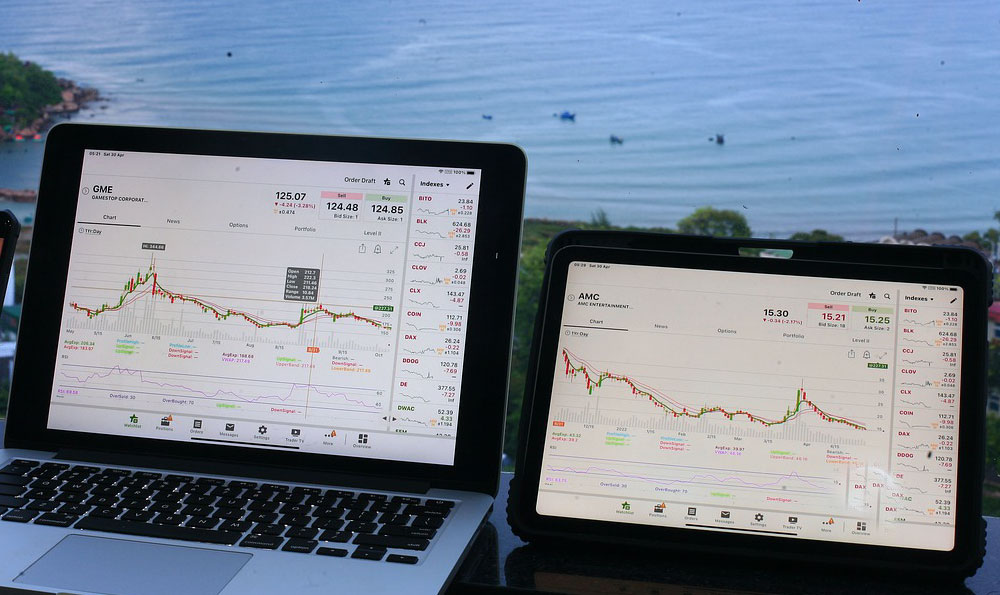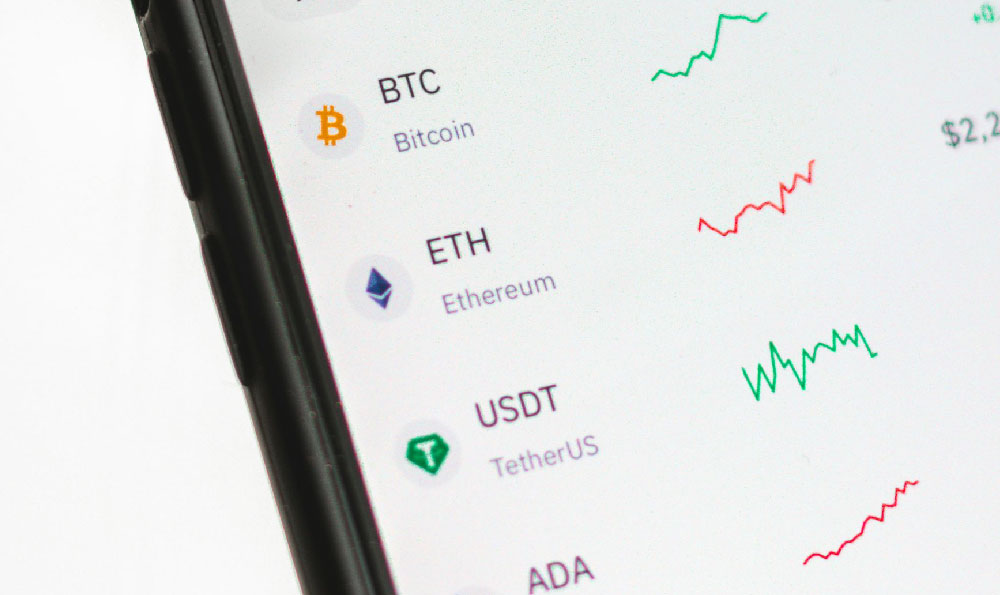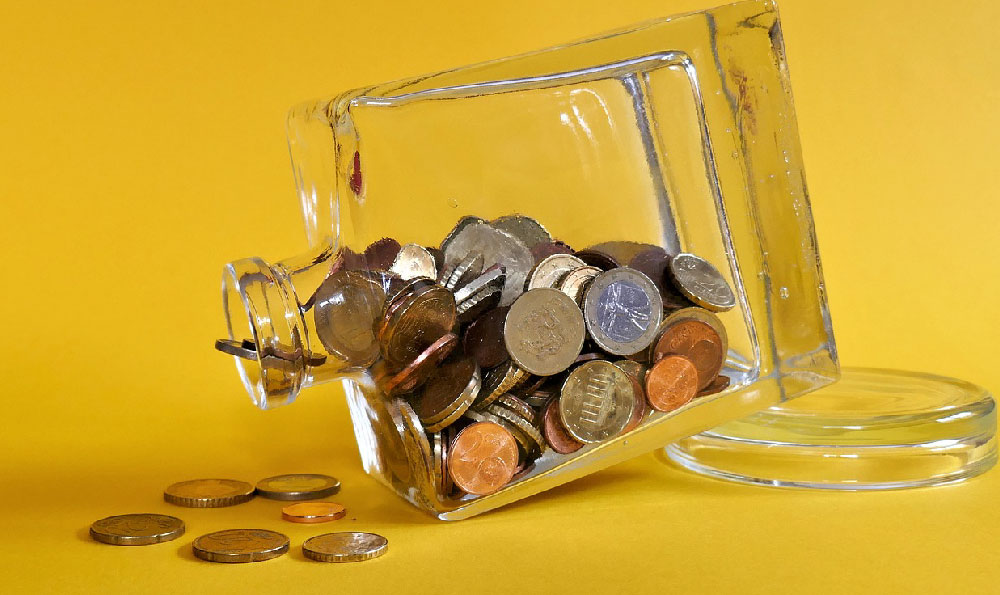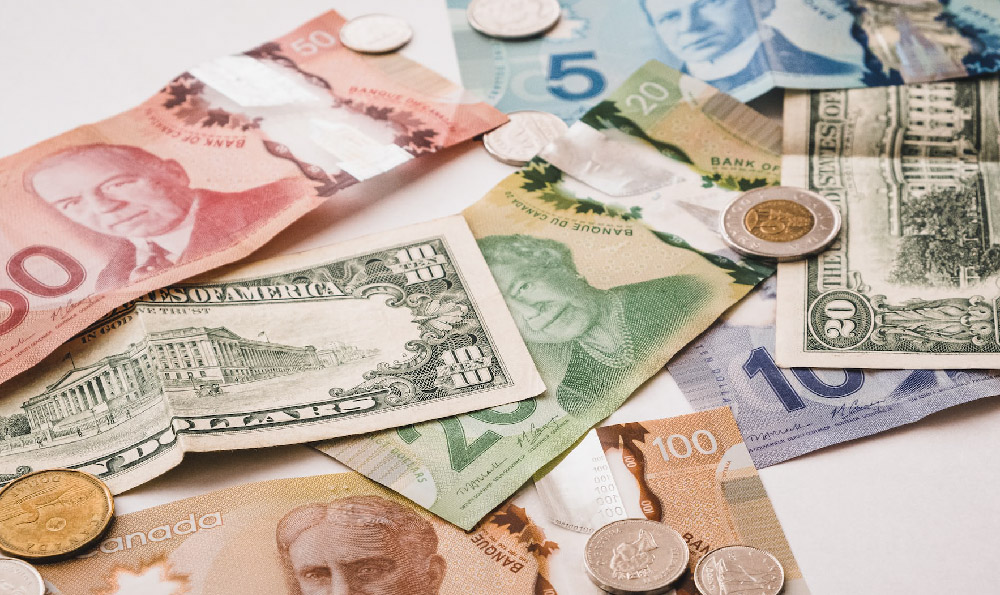Pinterest: A Visual Goldmine – Unveiling Monetization Strategies
Pinterest, the visual discovery engine, has evolved from a simple mood board platform to a powerful marketing and monetization tool. With its vast user base seeking inspiration and ideas, the question isn't if you can profit from Pinterest, but how you can strategically leverage its features to achieve your financial goals. The key is understanding its unique ecosystem and tailoring your approach accordingly.
Understanding the Pinterest Landscape:
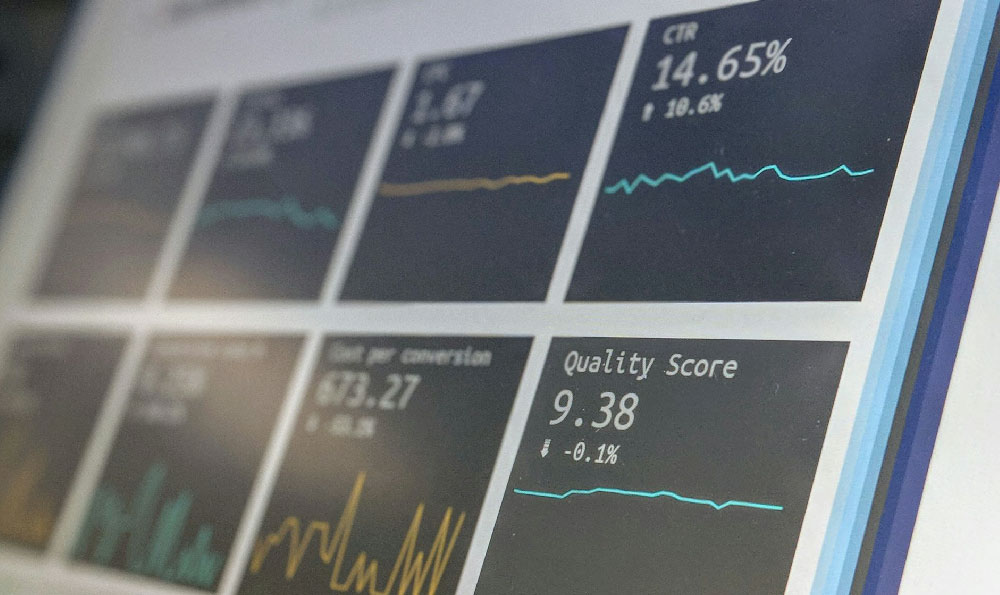
Before diving into monetization strategies, it's crucial to understand how Pinterest works. Unlike social media platforms driven by immediate engagement and personal updates, Pinterest operates as a visual search engine. Users search for ideas (recipes, home decor, fashion, travel destinations) and save these "Pins" to themed boards. This creates a rich network of categorized content, making it easily discoverable by others with similar interests. Therefore, success on Pinterest hinges on providing valuable, visually appealing content that aligns with user search intent. Forget fleeting trends; think evergreen content.
Direct Monetization Techniques:
Several direct approaches can transform your Pinterest presence into a revenue stream:
-
Affiliate Marketing: This is arguably the most popular and accessible method. Promote products or services from affiliate programs (Amazon Associates, ShareASale, etc.) by including affiliate links in your Pin descriptions. When users click these links and make a purchase, you earn a commission. The beauty of this approach is its scalability. You can promote a wide range of products relevant to your niche, without needing to create your own.
- Strategic Keyword Integration: Don't just slap a product photo and an affiliate link. Craft compelling descriptions that incorporate relevant keywords. Consider what users are likely to search for when looking for a product like yours. Use tools like Google Keyword Planner or Pinterest's own search suggestions to identify high-volume, low-competition keywords.
- Disclosure is Paramount: Always disclose that you are using affiliate links. Transparency builds trust with your audience and keeps you compliant with FTC guidelines. A simple "This post contains affiliate links" at the beginning of your Pin description is sufficient.
-
Selling Your Own Products (E-commerce Integration): If you have your own products (physical or digital), Pinterest offers a seamless integration to drive sales. Connect your e-commerce store (Shopify, Etsy, WooCommerce) to your Pinterest Business account to create "Product Pins." These Pins display real-time pricing, availability, and a direct link to purchase the item on your website.
- High-Quality Product Photography: Invest in professional or high-quality product photography. Visual appeal is paramount on Pinterest. Show your products in use, highlighting their features and benefits.
- Use Rich Pins: Rich Pins automatically pull information from your website to your Pins, ensuring accurate and up-to-date product details are displayed. This improves the user experience and increases the likelihood of conversions.
-
Sponsored Pins (Pinterest Ads): For faster and more targeted reach, consider using Pinterest Ads. This allows you to promote your Pins to a specific audience based on demographics, interests, and keywords.
- A/B Testing is Key: Experiment with different ad creatives, targeting options, and bidding strategies to optimize your campaigns and maximize your return on investment.
- Track Your Results: Utilize Pinterest Analytics to track the performance of your ads. Monitor metrics like impressions, clicks, and conversions to identify what's working and what needs improvement.
Indirect Monetization Strategies:
These methods focus on building a loyal audience and establishing yourself as an authority in your niche, leading to long-term profitability:
-
Driving Traffic to Your Blog or Website: Use Pinterest to drive traffic to your blog or website, where you can monetize through advertising (Google AdSense), selling digital products (e-books, courses), or offering services.
- Create Eye-Catching Blog Graphics: Design visually appealing graphics that represent your blog posts. Use consistent branding to reinforce your brand identity.
- Optimize Blog Content for Pinterest: Ensure your blog posts are easily pinnable by adding "Pin It" buttons and optimizing images with relevant keywords and alt text.
-
Building an Email List: Offer a freebie (e-book, checklist, template) in exchange for users' email addresses. This allows you to nurture leads and promote your products or services directly to your audience.
- Create Compelling Lead Magnets: Offer something valuable that your target audience will be willing to exchange their email address for.
- Promote Your Lead Magnet with Engaging Pins: Create Pins that highlight the benefits of your lead magnet and include a clear call to action to sign up.
-
Selling Services (Consulting, Coaching, Design): Use Pinterest to showcase your expertise and attract clients for your services. Create Pins that highlight your skills and experience, and include a call to action to contact you for a consultation.
- Showcase Your Portfolio: Create boards that showcase your best work.
- Share Testimonials and Case Studies: Build credibility by sharing testimonials from satisfied clients and case studies that demonstrate the results you've achieved.
Avoiding Common Pitfalls:
While Pinterest offers significant monetization potential, it's important to avoid common mistakes:
- Spamming with Irrelevant Content: Focus on providing valuable, high-quality content that aligns with your niche.
- Ignoring Pinterest Analytics: Regularly analyze your Pinterest performance to identify what's working and what's not.
- Neglecting Visual Appeal: Invest in high-quality visuals that capture attention and entice users to click through.
- Not Engaging with Your Audience: Respond to comments and questions, and engage with other users in your niche.
- Ignoring Copyright Laws: Only use images and content that you have the rights to use.
Is Pinterest Monetizable for You?
The answer is likely yes, but it depends on your willingness to put in the effort and adapt to the platform's evolving landscape. Consider the following factors:
- Do you have a visually appealing product or service? Pinterest is a visual platform, so if your product or service isn't visually appealing, it may be more challenging to monetize.
- Are you willing to create high-quality content? Success on Pinterest requires consistently creating valuable, engaging content that resonates with your target audience.
- Are you willing to invest time and effort in building your Pinterest presence? Building a successful Pinterest presence takes time and effort. Be prepared to consistently pin, engage with your audience, and track your results.
- Do you have a clear monetization strategy? Before you start, define your monetization goals and develop a strategy for achieving them.
In Conclusion:
Pinterest is more than just a platform for sharing pretty pictures; it's a powerful marketing and monetization tool. By understanding its unique ecosystem, implementing strategic monetization techniques, and avoiding common pitfalls, you can unlock its potential and achieve your financial goals. Remember to focus on providing value, creating visually appealing content, and engaging with your audience. With the right approach, Pinterest can become a significant revenue stream for your business.


